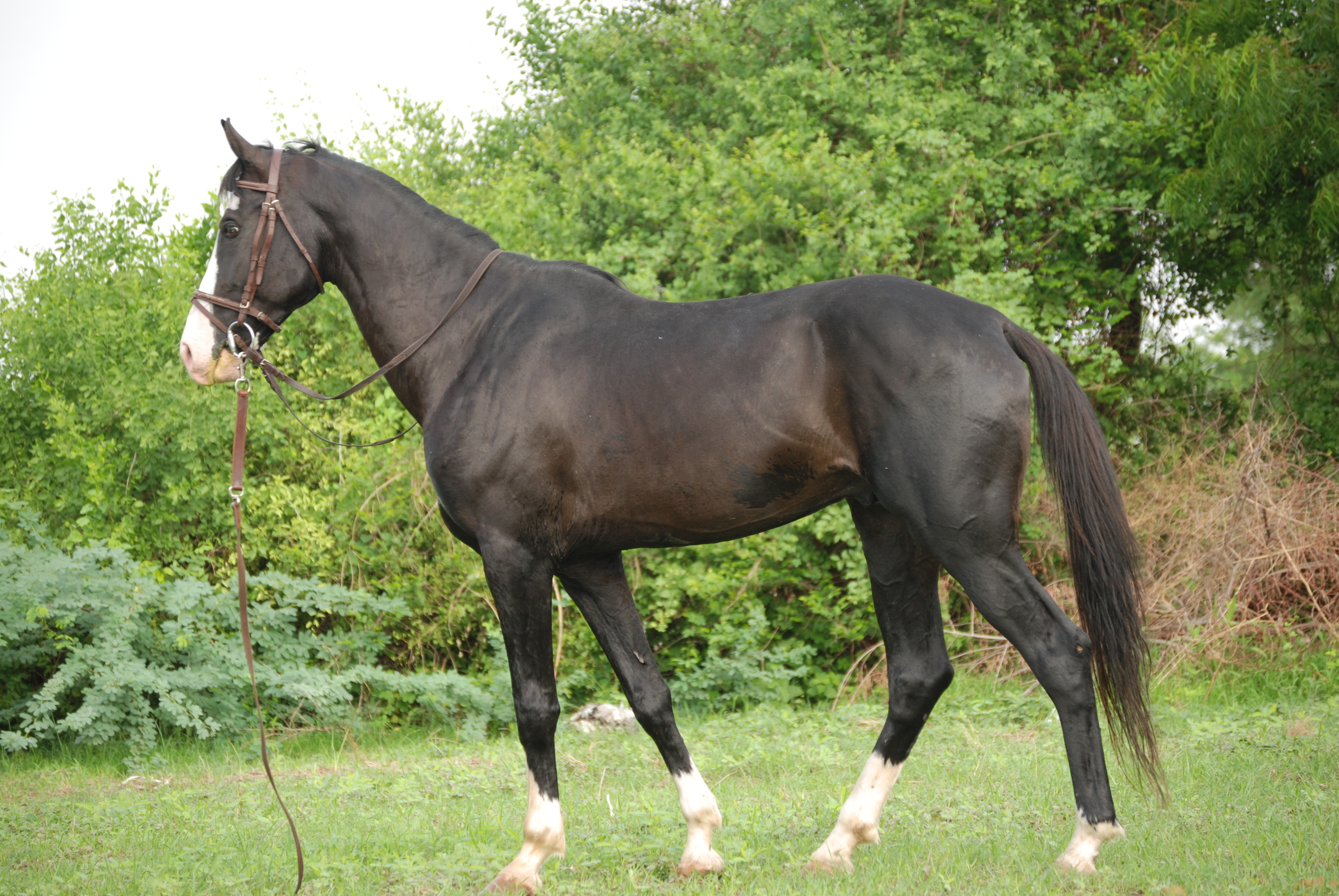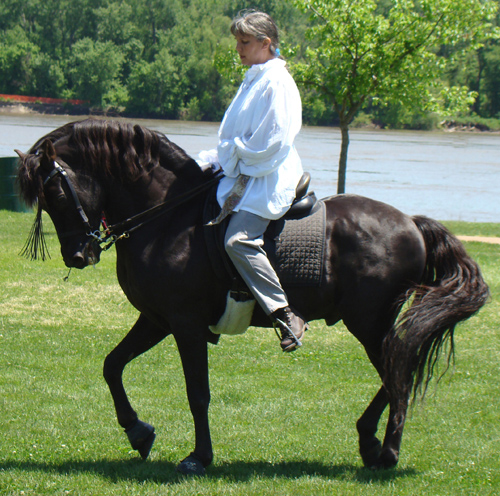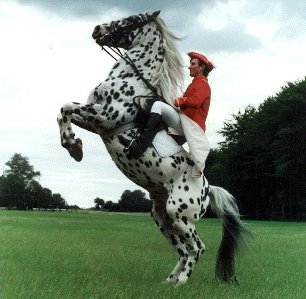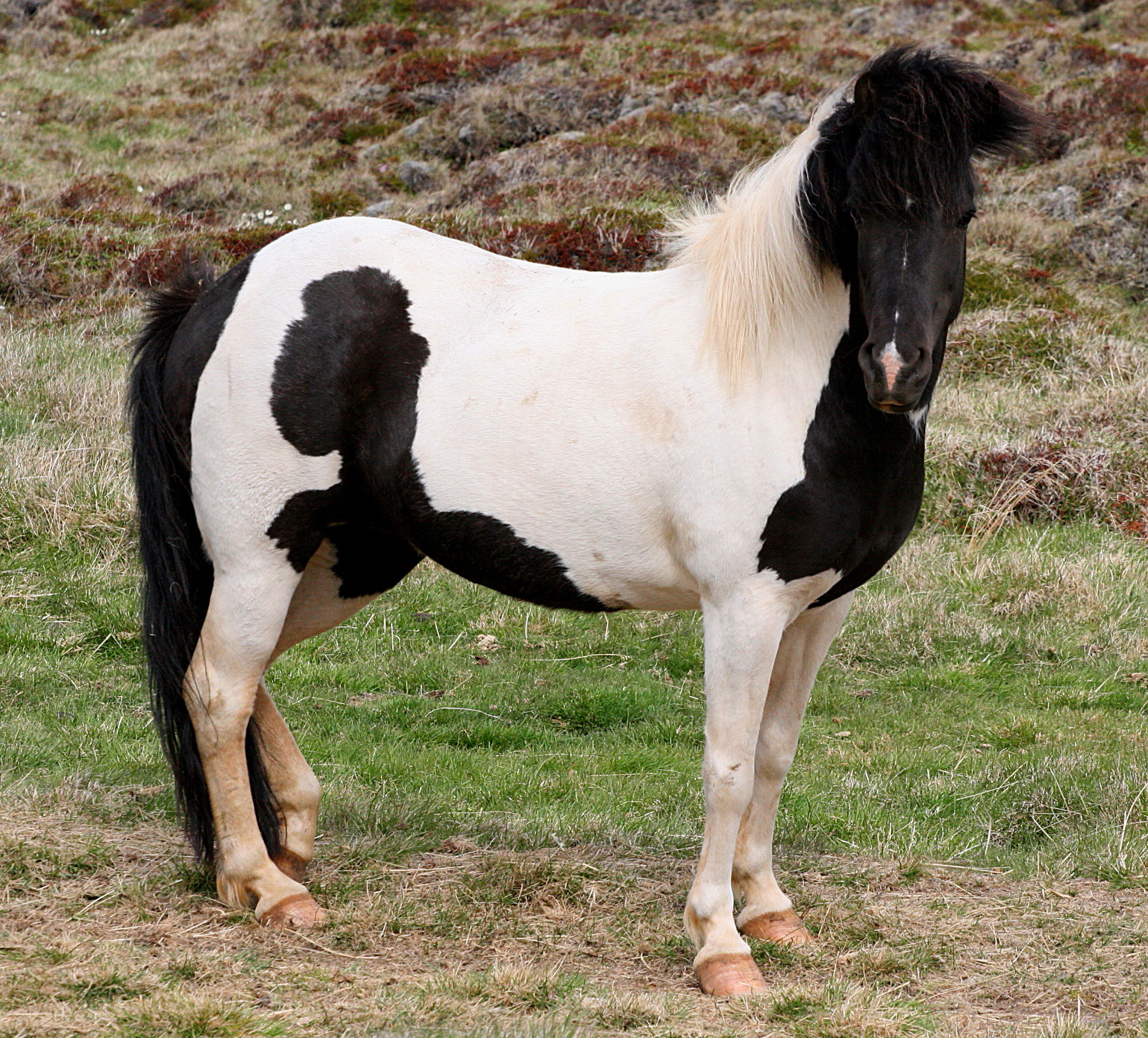Choosing the right horse for the job isn’t about finding the “perfect” breed—it’s about matching natural conformation, temperament, and movement with the demands of your chosen discipline. In this post, we’ll explore some of the best horse breeds for different riding and competition styles, and why they shine in those areas.
Dressage: Warmbloods
Dressage is the art of harmony between horse and rider, requiring strength, balance, and athleticism. Breeds most commonly seen in the dressage ring are Warmbloods, such as the Hanoverian, Dutch Warmblood, and Oldenburg.
- Why they excel: Warmbloods have uphill builds, powerful hindquarters, and natural elasticity in their gaits. Their temperament combines sensitivity with trainability, making them ideal for the precision and grace required in dressage.
- Other good options: Andalusians and Lusitanos also thrive in dressage thanks to their natural collection and expressive movement.
Show Jumping: Belgian Warmbloods and Selle Français
Jumping demands explosive power, scope, and carefulness over fences. Belgian Warmbloods, Selle Français, and Holsteiners are among the most sought-after show jumping horses in the world.
- Why they excel: These horses are bred for athleticism, with long strides, strong hind ends, and bravery over fences. Their stamina and heart make them reliable partners in the high-pressure world of show jumping.
- Other good options: Thoroughbreds, with their speed and courage, often make excellent jumpers too, especially at lower levels.
Eventing: Thoroughbreds and Warmblood Crosses
Eventing combines dressage, cross-country, and show jumping—a true test of versatility. Thoroughbreds and Warmblood-Thoroughbred crosses dominate the sport.
- Why they excel: Thoroughbreds bring speed, endurance, and heart for the cross-country phase, while Warmbloods add the power and movement needed for dressage and jumping. Crossbreeding combines the best of both worlds.
- Other good options: Irish Sport Horses, known for their toughness and bravery, are also top choices for eventing.
Western Pleasure: American Quarter Horse
Western pleasure showcases smooth, steady gaits and a calm, responsive temperament. The American Quarter Horse is the star of this arena.
- Why they excel: Their natural ability to jog and lope smoothly, combined with their willing disposition, makes them ideal for the slow, collected pace of western pleasure.
- Other good options: Paint Horses and Appaloosas, closely related to Quarter Horses, also perform well in western disciplines.
Barrel Racing: Quarter Horse
For sheer speed and agility, Quarter Horses dominate barrel racing.
- Why they excel: Their compact, muscular builds give them explosive acceleration and the ability to make quick, tight turns around barrels. They’re also known for their competitive spirit and determination.
- Other good options: Some riders use Thoroughbreds or Appendix Quarter Horses (Thoroughbred-Quarter Horse crosses) for added speed in larger arenas.
Endurance Riding: Arabian
Endurance racing requires horses that can cover long distances at speed while maintaining soundness. The Arabian horse is unmatched in this discipline.
- Why they excel: Arabians have incredible stamina, efficient metabolism, and light, ground-covering gaits. Their strong hooves and hardy constitution make them perfect for long rides over tough terrain.
- Other good options: Mustangs, bred for survival in the wild, also make excellent endurance horses.
Reining: Quarter Horse
Reining is often described as “Western dressage,” with spins, slides, and intricate patterns requiring precision and responsiveness. Again, the American Quarter Horse reigns supreme.
- Why they excel: Quarter Horses are quick-footed, athletic, and highly trainable. Their natural ability to stop and turn sharply makes them ideal for reining maneuvers.
- Other good options: Appaloosas and Paint Horses are also successful in reining competitions.
Racing: Thoroughbred and Quarter Horse
When it comes to racing, the best breed depends on the distance.
- Thoroughbreds dominate flat racing over long distances, such as the Kentucky Derby. Their long legs, big hearts, and competitive nature make them world-class racehorses.
- Quarter Horses are unrivaled in short sprints, living up to their name as the fastest horse over a quarter mile.
Driving: Friesian and Hackney
For carriage driving, whether for competition or leisure, breeds with presence and power are favored.
- Friesians are known for their striking looks and lofty movement, making them popular in harness.
- Hackneys are flashy, animated movers often seen in competitive driving.
- Other good options: Morgans are versatile and dependable for driving as well as riding.
Trail Riding: Tennessee Walking Horse and Mustang
Trail riding calls for steady temperaments, surefootedness, and comfortable gaits.
- Tennessee Walking Horses are famous for their smooth “running walk,” making long rides easy on the rider.
- Mustangs, hardy and adaptable, excel on rugged trails thanks to their natural toughness.
- Other good options: Quarter Horses and Appaloosas are also popular trail partners.
Final Thoughts
Every horse is an individual, and training, personality, and bond with the rider matter just as much as breed. Still, knowing which breeds excel in certain disciplines can help guide your search for the perfect partner. Whether you’re drawn to the elegance of dressage, the thrill of barrel racing, or the peaceful rhythm of trail riding, there’s a horse breed out there that’s the perfect match for your goals.
At the end of the day, the best horse isn’t just the one that’s “right” for the discipline—it’s the one that makes you excited to head to the barn every day.


















